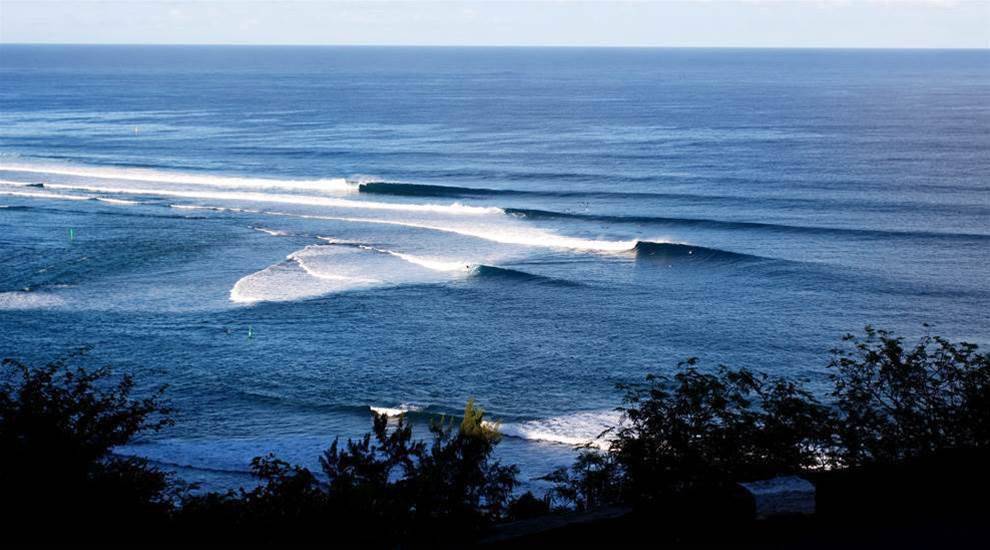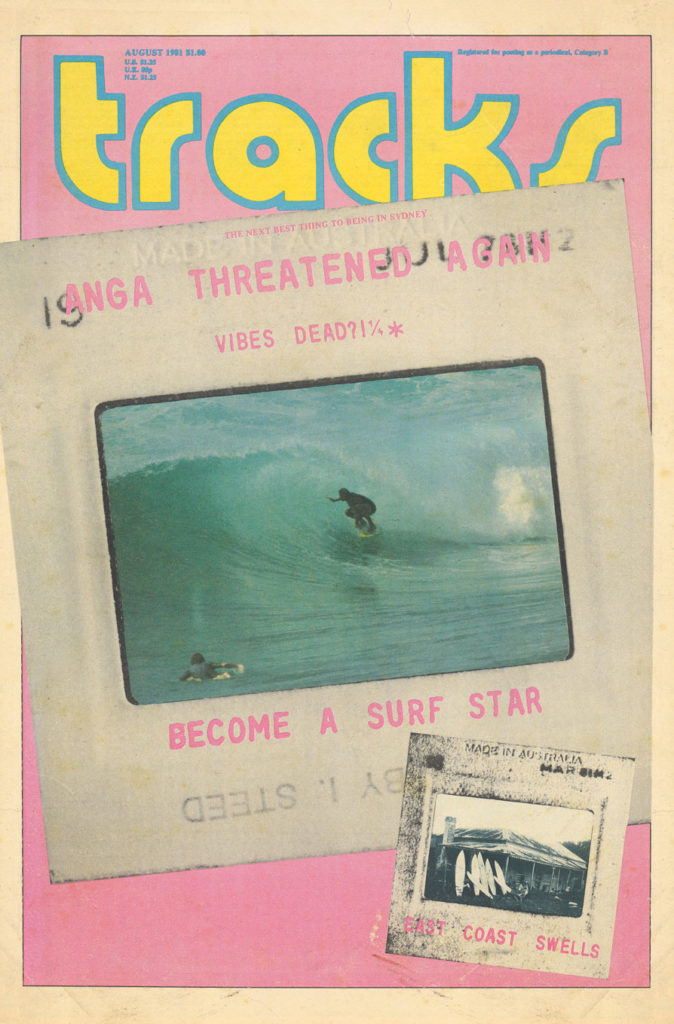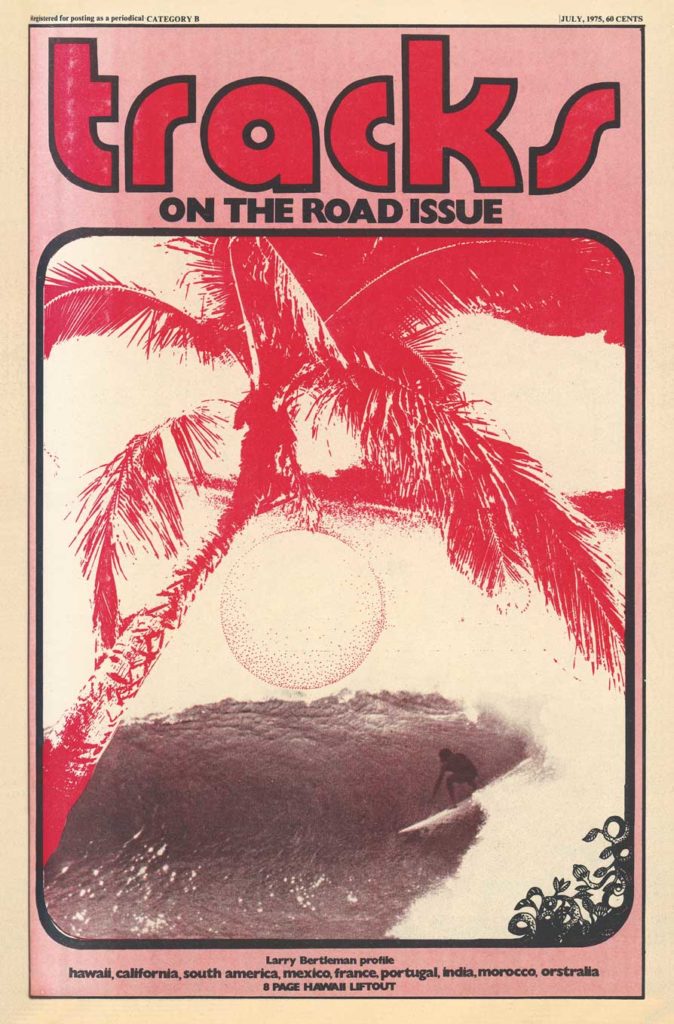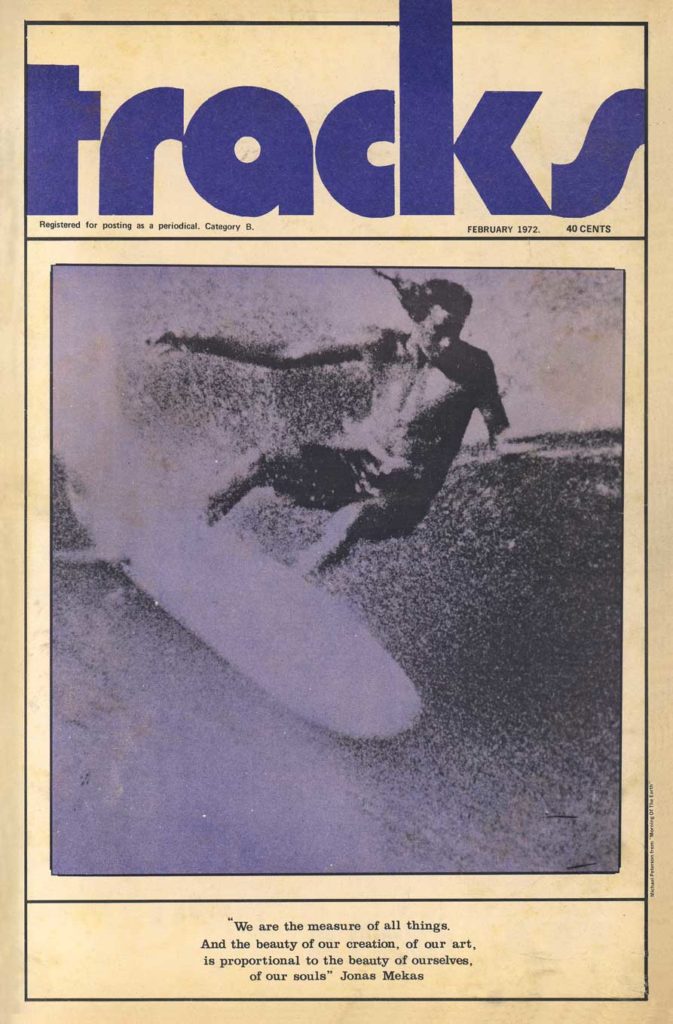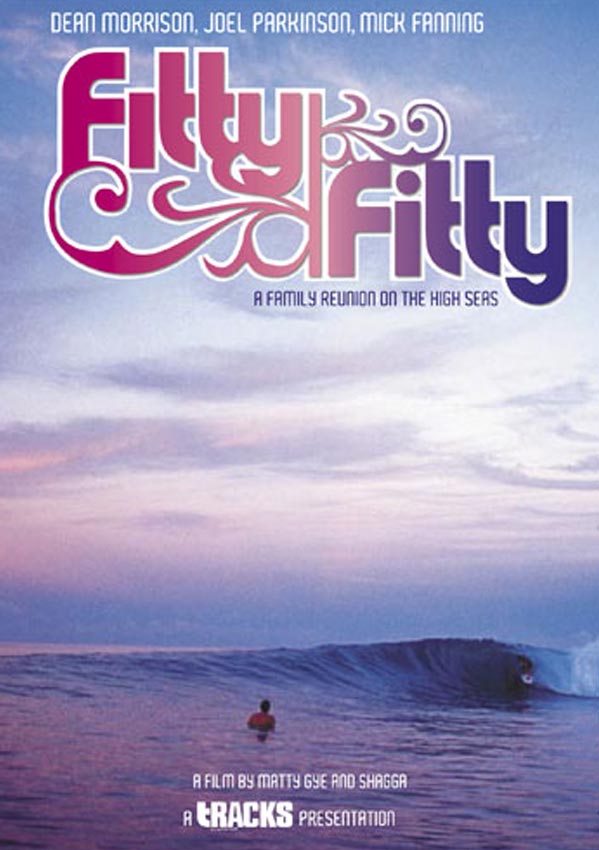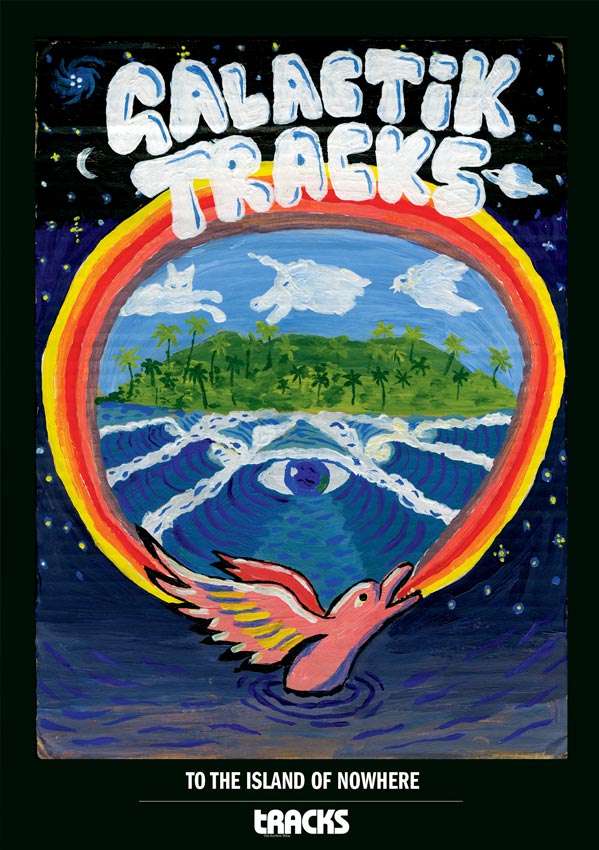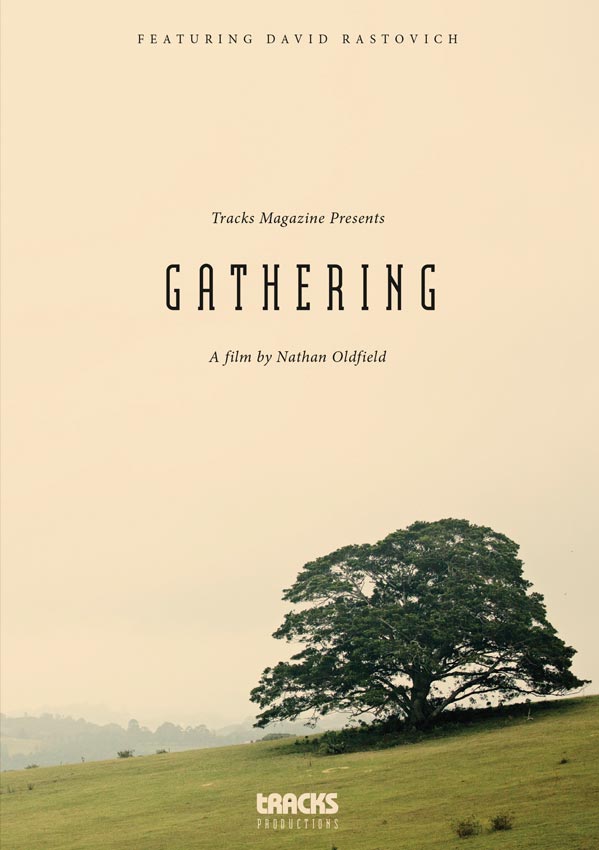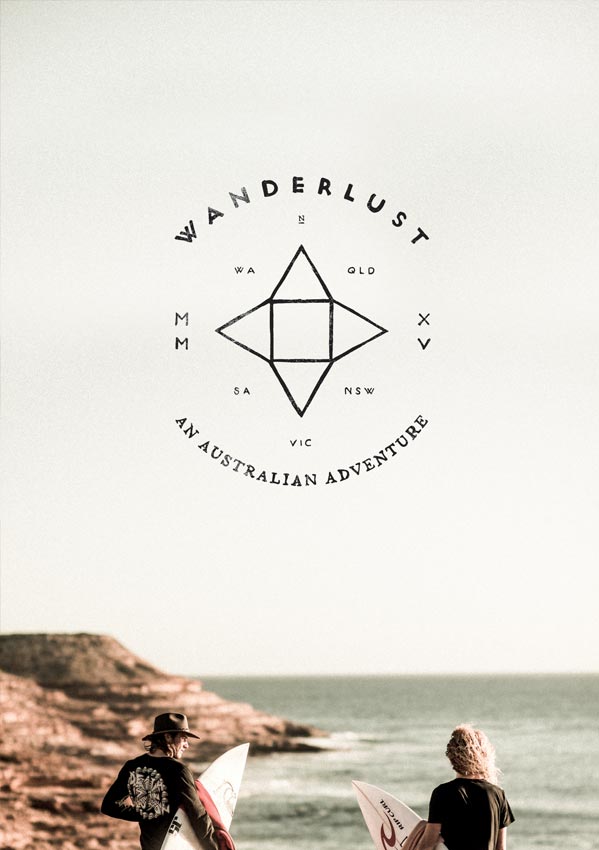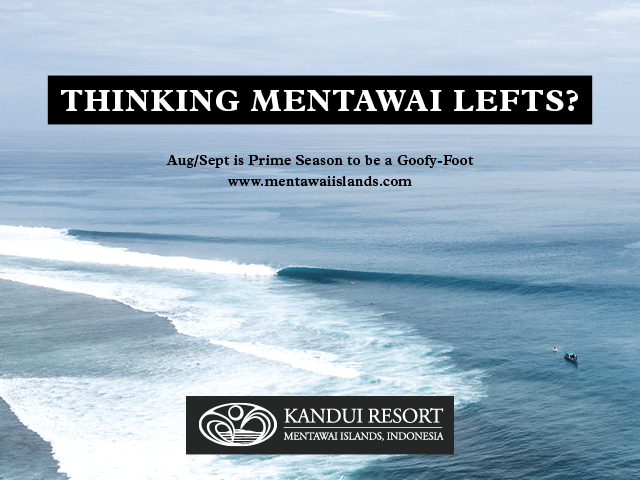It has been a rough time for Reunion Island, the once-pristine Indian Ocean surf destination. Surf shops have closed, surf camps and resorts are empty, with their doors shut. Surf schools have packed up their soft-tops, and the industry is all but done.
It is still illegal to surf, and the rules and regulations are simply in place to protect those officials in charge from getting into legal troubles, and not to protect ocean-users.
Reunion is the highest-risk location for a shark attack in the whole world, and little has really been done in shark mitigation processes.
There have been nets, there have been drumlines, and there have been extensive security watches – divers, boats, drones etc. – but all have been short-lived and experimental, while nothing is being done on a political level to stop the constant attacks.
A large chuck of coastline on the west coast of Reunion was declared a no-fishing zone back in 2007, and something went out of whack with the ecosystem in the process. There are many theories, including loss of natural food for sharks, and the sudden drop on shark catching, but either way, the bull sharks came to town.
Another theory was that the natural shark populations flourished after the island banned the fishing of sharks for food way back in 1999. This decision was motivated by confirmation that shark meat contains high levels of the dangerous toxin ciguatera. The prevalence of larger shark species is also due in part to overfishing in Reunion, which possibly caused the collapse of resident reef shark populations. In response to the resulting biological space, bull shark numbers in particular soared.
Since 2011 Reunion has had 20 shark attacks, with 8 of them fatal, making it the shark attack capital of the world.
The Reunion deadly attacks percentage (worldwide share) has increased thus:
15.3% in 2011 (2 deaths in Reunion for a total of 13 deaths worldwide)
20% in 2013 (2 deaths in Reunion for 10 deaths worldwide)
33% in 2015 (2 deaths in Reunion for 6 deaths worldwide)
40% in 2017 (2 deaths in Reunion for 5 deaths worldwide)
When Kelly Slater announced that he thought a cull would be the way forward, he received such radical online backlash that he found it necessary to retract his statement.
Environmentalists have continuously stated that this would create an imbalance, and it would ultimately prove ineffective in controlling shark patterns and attacks. St Leu, Reunion's most famous wave, and former venue for a Rip Curl Search event, which was won by Mick Fanning in 2005, is quite simply a no-go area, and anyone paddling out would be seriously risking his or her life.
Back in 2013, Reunion authorities reacted to a shocking five attacks in one year by simply banning surfing and swimming everywhere on Reunion. It was still legal to swim in the lagoons. However, the lure of perfect surf, quite easily some of the best in the world, understandably proved too much for many Reunion surfers, who openly flouted the ban. In 2015, the government unveiled new anti-shark nets at two of the island’s beaches, Boucan Canot and Roches Noires.
However, the effectiveness of the nets was put in doubt in 2016, when French tourist Laurant Chardard lost an arm and a foot in a shark attack that occurred at Boucan Canot. There was a hole in the net apparently, but nets are still a debatable solution, as they do ensnare many harmless species.
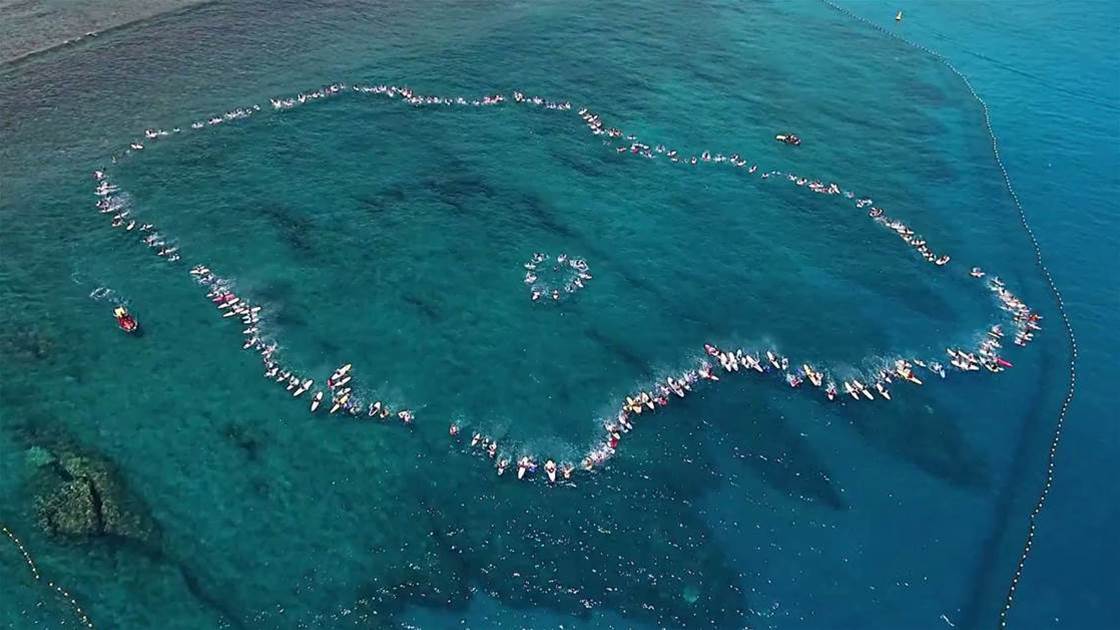
Drum-lines have been used extensively, but many people doubt this is as a solution as well, as baited drum-lines attract sharks closer to shore.
In South Africa, shark-spotting teams are used to provide an early warning system for water-users, but Reunion’s often-murky waters make the viability of this idea uncertain.
“We surfed last week at St Leu,” said South African transplant Davey Stolk, surf industry veteran on Reunion. “The water was murky, only three of us paddled out, and we shat ourselves.”
“The government made 2 million Euros available last week to try and finally counteract the shark problem in Reunion,” said Stolk, adding “but nothing has changed on the ground. Surfing is banned, and surfers can face 30 Euro fine if we paddle out.”
There have been many attempts to try and solve the problem, including methods like drones and sonar.
“People are still surfing,” says Stolk. “Trois Bassins is frequently surfed as is St Pierre and La Tortue and L'Hermitage. At Boucan and Roches Noires they will be experimenting with three new net systems, which have been locally designed and produced.”
The prime wave, St Leu, is where everyone wants to surf, but most days sees perfect waves peeling down the coral reef, and barreling over the end section with no one on them.
“Here at St Leu we have been doing research with drones and sonar, said Stolk. “The problem lies with battery life with drones – apparently up to 20 minutes, while the sonar devices don’t have a large enough field.”
It must be a helluva thing growing up as a surf-stoked kid in Reunion. Thirteen-year-old stoked-out grom Elio Canestri was killed in 2015 while surfing at Les Aigrettes. Nowadays for a kid to go surfing there has to be a full shark vigil in place. “If kids want to go surfing they are basically chaperoned by skin divers, with a couple of Zodiacs in place as backup,” said Stolk.
Most surfers use an anti-shark device of some sort while surfing in Reunion, but the jury is still out as to how effective these actually are. The theory goes that an anti shark device generally creates an electric field. Sharks have gel-filled sacs called Ampullae of Lorenzini which they use to sense electrical fields given off by prey. When a shark senses the electric field caused by an anti-shark device, the severe discomfort is supposed to cause the shark to swim away. In theory.
In practice however, for must prudent Reunion surfers, the most effective method of shark protection is to stay on land.

